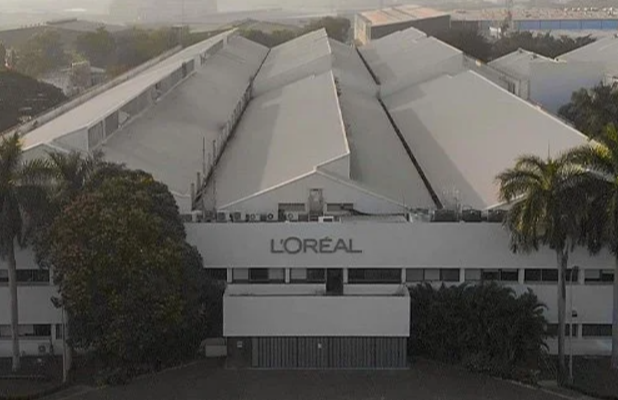L’Oréal, a leading beauty company, has achieved 100% renewable energy across its operated sites in the South Asia Pacific, Middle East & North Africa (SAPMENA) Zone as of end-2023. This includes all factories, distribution centers, administrative offices, and a research & innovation center within the Zone.
The company’s SAPMENA Zone covers a vast geography spanning from New Zealand to Morocco and is a major growth engine for L’Oréal. The region is one of the most affected by climate change, making it critical for the company to embed sustainable practices into its operations as it grows.
To achieve 100% renewable energy, L’Oréal SAPMENA has implemented diverse solutions, including solar deployments, hydro dams, and electric boilers. The company has also secured long-term Power Purchase Agreements (PPAs) and uses green supply contracts and energy attribute certificates where on-site renewable energy production is not possible.
The beauty mogul has made efforts in reducing its carbon footprint in the Middle East by harnessing the power of solar energy. In the United Arab Emirates, L’Oréal has installed a 1.2 megawatt (MW) solar power system at its factory in Jebel Ali, Dubai. The system, which was commissioned in 2022, generates approximately 1.8 million kilowatt-hours (kWh) of electricity per year, reducing the factory’s carbon emissions by 1,200 tons annually.
In Saudi Arabia, L’Oréal has installed a 500 kilowatt (kW) solar power system at its warehouse in Jeddah. The system, which was commissioned in 2020, generates approximately 750,000 kWh of electricity per year, reducing the warehouse’s carbon emissions by 500 tons annually. In Egypt, L’Oréal has installed a 250-kW solar power system at its factory in Cairo. The system, which was commissioned in 2019, generates approximately 375,000 kWh of electricity per year.


